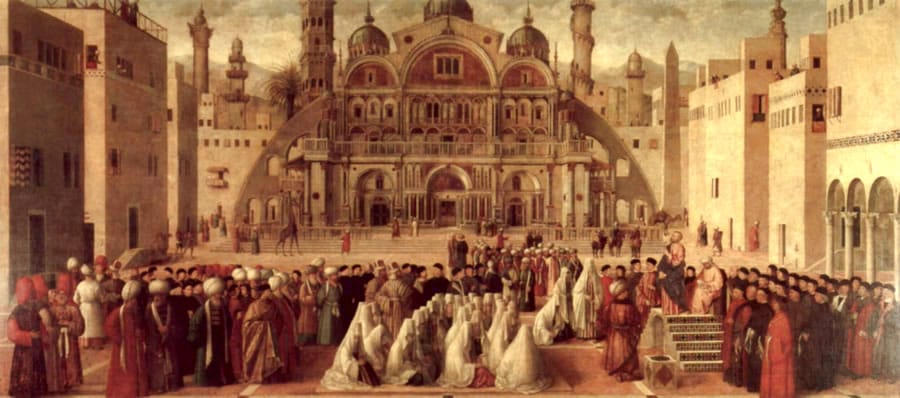
Orientalist art essay
Orientalist art was developed by the French, British and other European artists and involved the images of the everyday life, historical context and “topography of the geographical area between Turkey, the Near East, the Arab peninsular and North Africa” (Kuehn, 2011, p. 31). Many women artists were involved in Orientalist culture; therefore the study of Orientalism as an art movement is impossible without the study of women’s Orientalism (Grosrichard, 1998). In fact, Western women’s Orientalism reaffirmed and in some ways challenged gender categories and Orientalist tropes. Reina Lewis (1996) states that “the excavation of a women Orientalist artist like Browne in itself appeared initially to offer a new paradigm for the study of Orientalism”(p. 236). Actually, due to female Orientalist gaze, it is possible to explore the existence of women’s representation in harem, analyze these highly enjoyable and mysterious paintings, which often resonate with a soft female beauty (Yeğenoğlu,1998). Some fine art experts’ views on the Orient explain Orientalism’s key sexualized myths.
Historically, Westerners’ interest for the art movements goes back several centuries, although Orientalist culture and Orientalism as an art movement appeared in the 19th century (Pointon, 1992). As a rule, the interest in the study of the East was reinforced by various factors, such as trade relations, diplomacy, war actions and communication with the travelers and artists in the 18-th – 19-th centuries (Zonana, 1993). Undoubtedly, Orientalism became a vital inspiration for the women artists in the 19th century, including Henriette Browne and Elisabeth Jerichau-Baumann. Thesis statement: Actually, Western women orientalists managed to reaffirm and in some ways challenge gender categories and Orientalist tropes, depicting real images of female beauty and harem hierarchy in their art works.
The major goal of this paper is to analyze the various ways in which Western women’s Orientalism reaffirmed and/or challenged gender categories and Orientalist tropes. To achieve this goal, it is necessary to compare the different responses of two or three women Orientalists focusing on the analysis of specific works of art and their critical reception.

